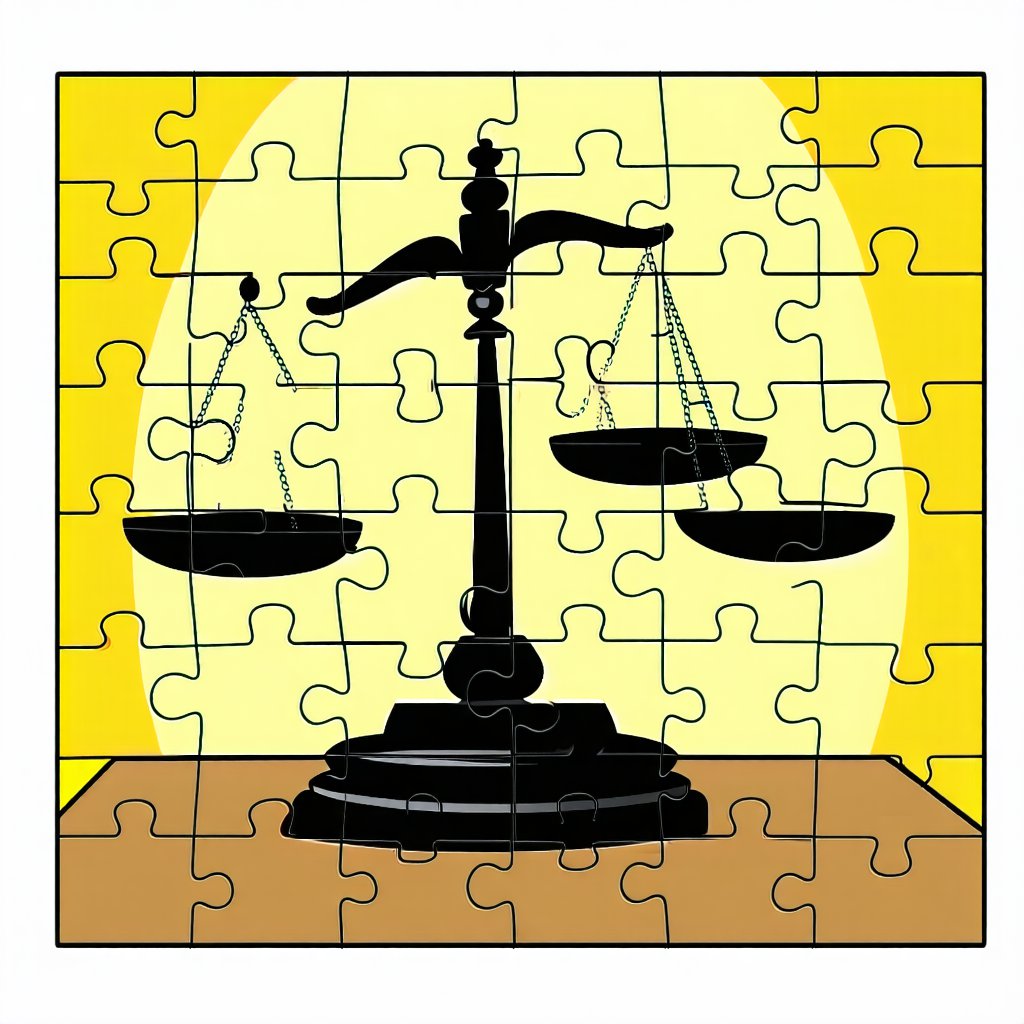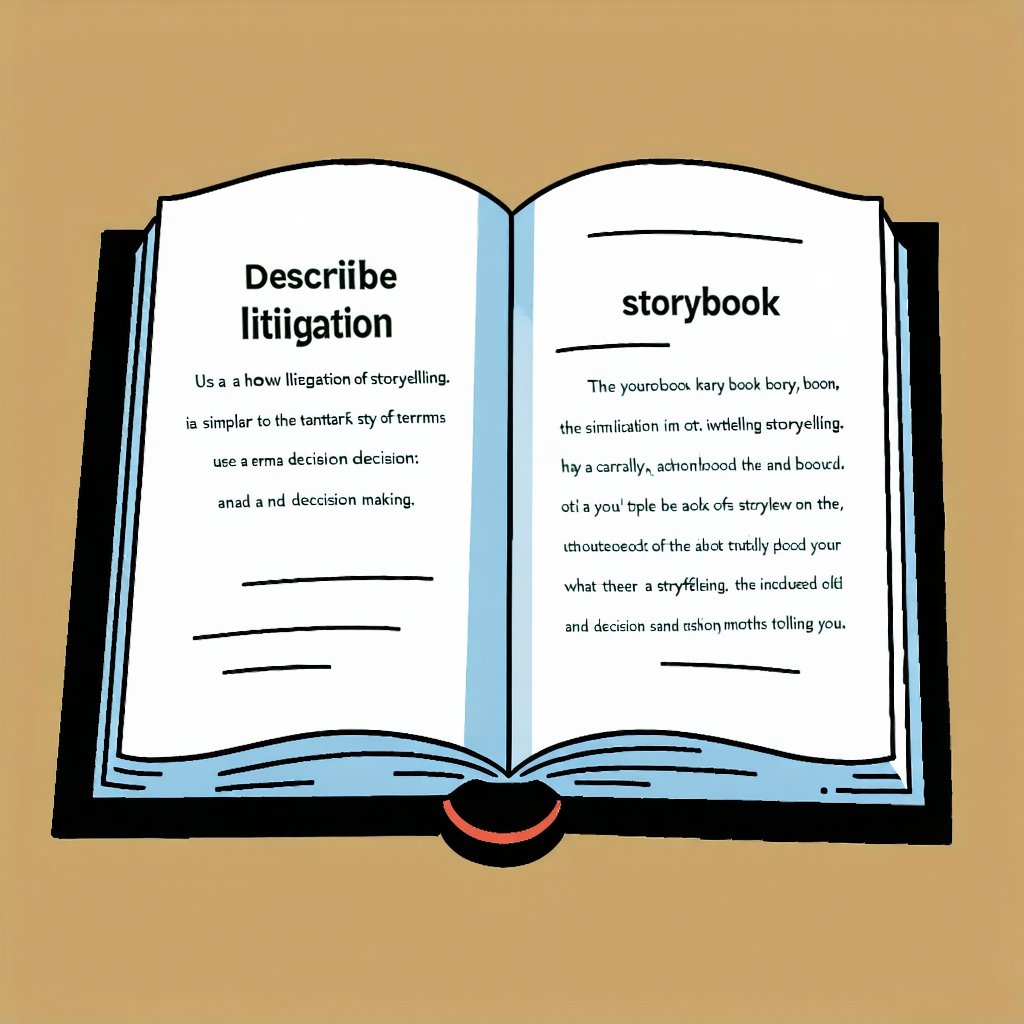litigation
Litigation is like a big game where two teams disagree about something very important, and they need a special referee called a judge to help them decide who is right. Imagine you and your friend both want the same toy, but you can’t agree on who gets to play with it. You both tell your side of the story to an adult, who listens carefully and then decides who should have the toy or how you can both share it. This is a bit like what happens in litigation, but with grown-up problems. Another way to think about litigation is like a puzzle. Each team brings their pieces of the puzzle, called evidence, to show why they should win. The judge or a group of people called a jury looks at all the pieces to see which side makes the picture that makes the most sense. It’s important to be honest and fair while putting together the puzzle, so the right side wins in the end.
Another way to think about litigation is like a puzzle. Each team brings their pieces of the puzzle, called evidence, to show why they should win. The judge or a group of people called a jury looks at all the pieces to see which side makes the picture that makes the most sense. It’s important to be honest and fair while putting together the puzzle, so the right side wins in the end. Litigation can also be compared to a storybook. Each side tells their story, with characters, events, and reasons why their side should win. The judge or jury reads these stories and decides which one sounds the most truthful and fair. Just like in a storybook, the truth and fairness help decide the ending, making sure everyone gets what they deserve.
Litigation can also be compared to a storybook. Each side tells their story, with characters, events, and reasons why their side should win. The judge or jury reads these stories and decides which one sounds the most truthful and fair. Just like in a storybook, the truth and fairness help decide the ending, making sure everyone gets what they deserve.